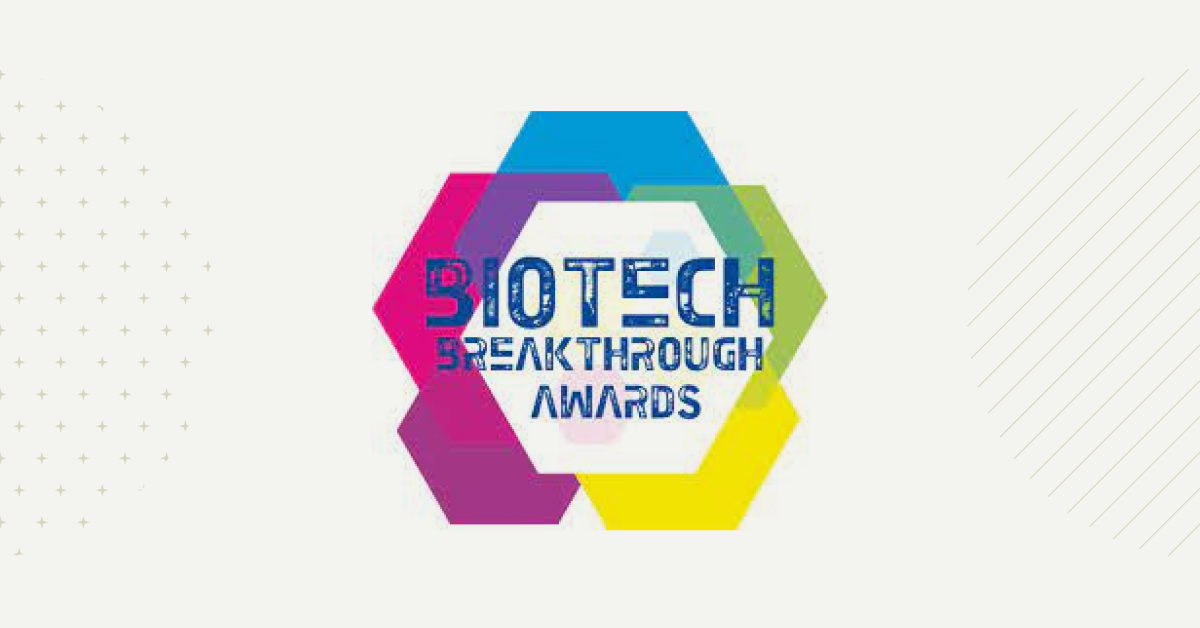The investment and partnership market that biotechs face today looks much different than it did just a few years ago. In 2020, it seemed as if everyone was ready to bet big on biotech. Biotechs had delivered life-saving COVID vaccines in record time. Valuations reached all-time highs. Funding was fast and strong. While other industries sank, biotech soared…until it didn’t. By 2021, the market began to recede. Many biotechs struggled to meet expectations. Valuations fell. Investors and partners became increasingly trepidatious. Luckily, the biotech industry is no stranger to a bubble and it is likewise no stranger to a rebound.
What are Biotech investors and partners offering?
The short of it is that investors and partners today are searching for the best odds, hoping to place their bets without as much risk. This means biotechs are now faced with:
Tighter purse strings: Investors’ willingness to spend has diminished. They have become wary of inflated valuations and immature assets.
Longer waits: Fast money is hard to come by. Investors are less eager to get in early and are oftentimes waiting to make their move until assets are through phase 2 or 3 trials. Likewise, fast-tracked IPOs are becoming a thing of the past.
Higher demands: Biotechs need to do more to prove their worth and differentiate themselves. Investors are demanding data-based validation and setting strict development milestones.
Shifting models: Partnerships, co-developments, and joint ventures are becoming more common compared to traditional mergers or acquisitions. Many biotechs are choosing to stay private for longer, with some even commercializing products themselves.
How can Biotechs stay in the game?
The game has clearly changed. What moves can biotechs make to prove themselves a viable player with favorable odds to pay off big?
Choose an R&D platform for growth and innovation.
Biotechs need to innovate. Unfortunately, innovation often suffers when companies outgrow the processes and solutions that sufficed as a startup. For example, when dealing with small datasets and limited projects, it may be manageable to format, map, and transfer data between applications. But as datasets and projects grow, too much time will be wasted on busy work instead of research. Likewise, as teams grow due to rising headcount, new partnerships or more locations, it becomes increasingly challenging to share results and build upon established knowledge without a secure R&D collaboration platform. When these sorts of obstacles get in the way of innovation, researchers will ask for help from their IT managers. These managers will face a conundrum: cobble together a solution that will likely mean endless integration projects, workarounds, and support calls, or search for a vendor who can support the tools, data types, and processes researchers need to innovate.Initiate process change to improve R&D productivity.
The ROI of any R&D technology investment hinges upon the process changes that the investment inspires. Essentially, it’s less about acquiring new software or tools and more about using those tools to make transformational changes, such as improved workflow efficiency, better collaboration, and more data-driven decision making. Biotechs must find a solution provider with the domain expertise needed to help scrutinize their complex workflows and identify what specific technology investments and process changes will have the biggest impact.Put data to work with advanced analytics.
Many biotechs are turning to machine learning (ML) and artificial intelligence (AI) to spark innovation and provide a competitive advantage. But the benefits of these technologies will evade companies who don’t first establish a rich data foundation. This endeavor is often complicated by the volume of data a company produces, the domains they work in, and the intricate workflows they undertake. Biotechs must create a robust R&D infrastructure to support clean lab-data capture, integrate third-party data, break down data silos, and standardize on an AI-ready data model.Improve data integrity and security to become more regulatory ready.
The FDA is increasingly citing companies for violations related to data integrity, such as unsecure data, missing datasets, and insufficient audits. As the use of AI in pharma R&D becomes more mainstream, assessing data integrity will become even more complex. In order for biotechs to prioritize the security and integrity of their data, they need to choose technology solutions that were built to inherently support these priorities as well.
R&D Solutions for Biotech Innovation
Dotmatics helps biotechs innovate. Our end-to-end data-management platform ensures that R&D data are cleanly captured, easy to find, and readily available within the specialty software that biotech experts use to conduct data-driven research. Our Small Molecule Drug Discovery Solution wraps together the tools and workflows researchers need for hit and lead identification, lead optimization, and candidate selection. It features:
Fully integrated laboratory informatics software that accurately captures instrument data, experiments, molecules, samples, and assays.
Decision-support tools that help users gather, merge, analyze, search, and visualize real-time cross-project data.
Guided workflows and template libraries that help standardize processes, ensure data accuracy and compliance, and facilitate collaboration between internal and external team members.
Biotechs need a comprehensive R&D solution that supports data-driven collaborative research, reduces technical debt and total cost of ownership, streamlines processes and workflows, and scales as their needs change. Dotmatics delivers. The Dotmatics Platform is the market’s first true end-to-end solution for scientific R&D, combining an enterprise data platform with an ever-growing collection of applications that scientists know and trust, including Geneious Prime, GraphPad Prism, OMIQ, Protein Metrics, and SnapGene.
Contact us today to learn how we can support your research efforts.




